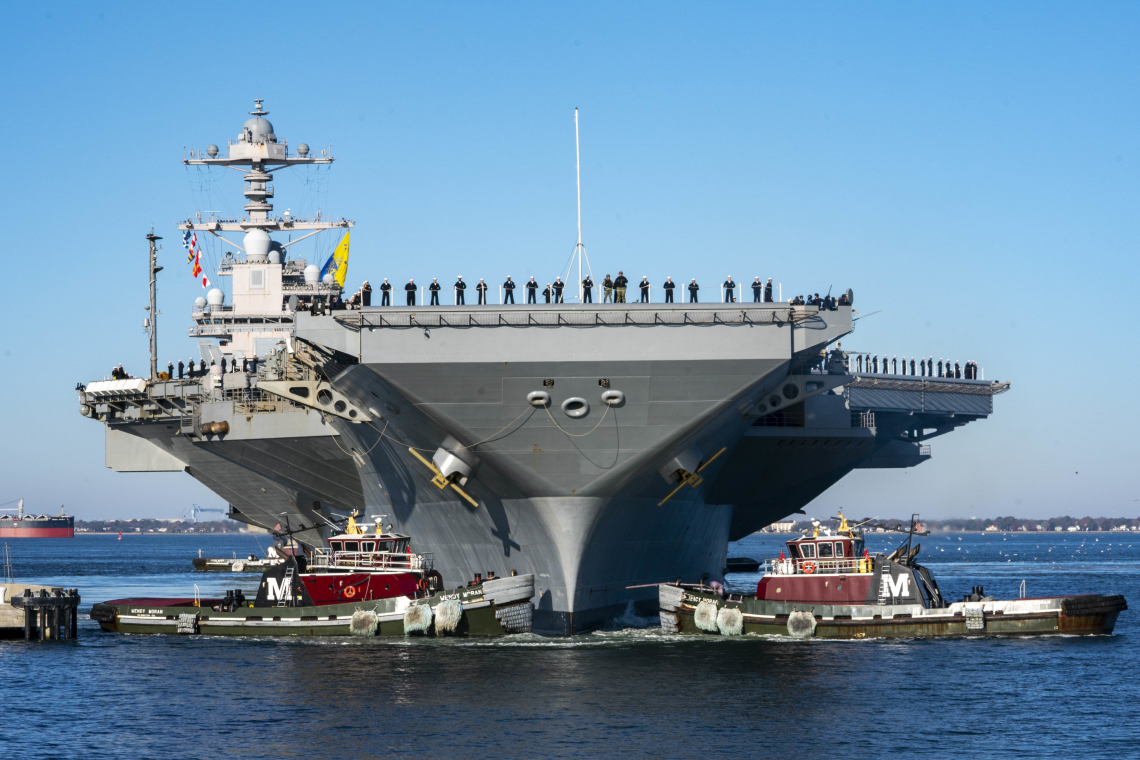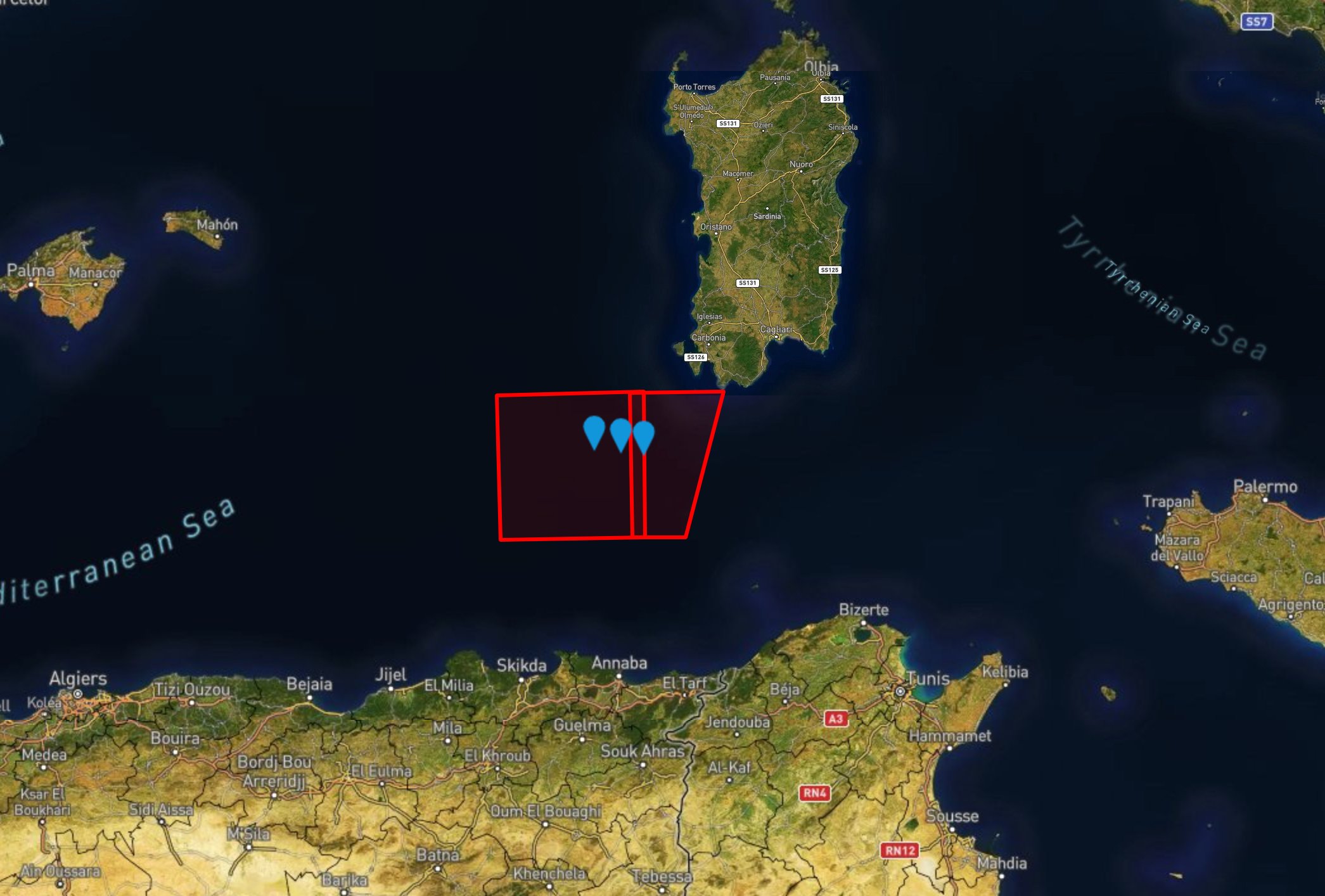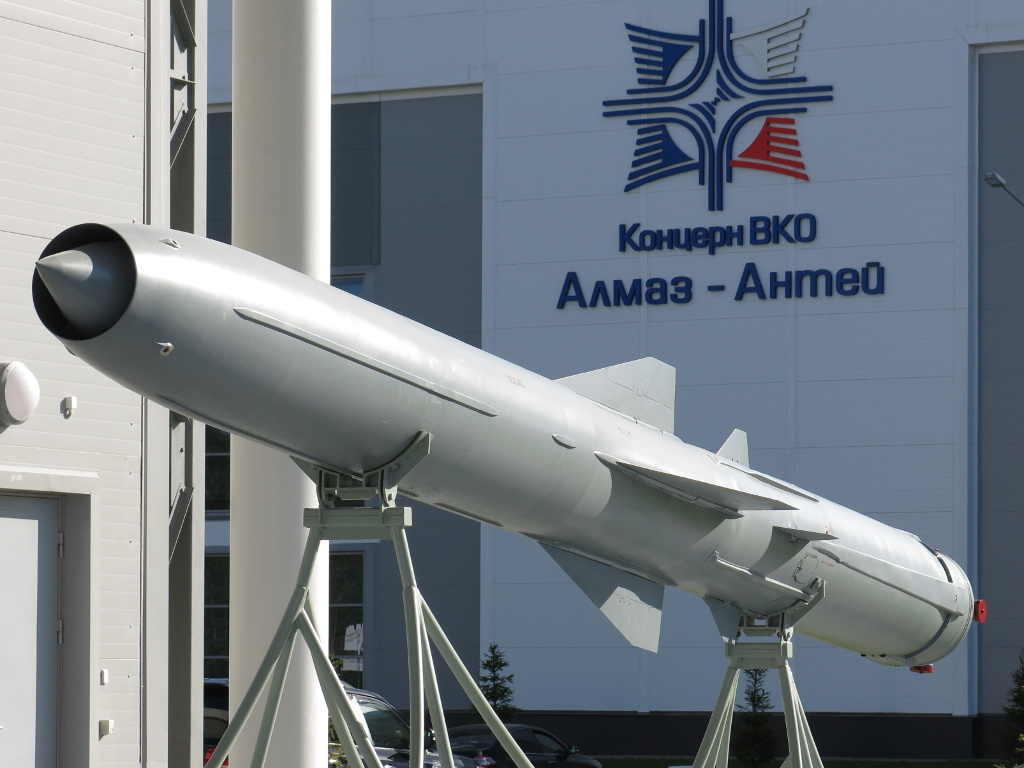European Space Agency (ESA) imagery shows the USS Gerald R. Ford Aircraft Carrier and its Strike Group, moving south past the Island of Sardinia, enroute to the eastern Mediterranean Sea, closer to Israel.
Images released by the ESA show the ship and its group:
 |
|
Alongside the Ford—USA is sending the cruiser USS Normandy, destroyers USS Thomas Hudner, USS Ramage, USS Carney, USS Roosevelt.
The Ford and its Strike Group are being sent to "Make certain Iran does not escalate the ongoing hostilities in the region."
When HAMAS, which is fighting Israel, got word the Carrier was on its way, they issued a statement saying the ship does not make them afraid. One government official - I won't say from which government -- told me "It isn't coming to scare them; it's coming to kill them."
That aside, there is real danger for that ship and its Strike Group, if a confrontation develops. You see, Hezbollah, in Lebanon, has, in its possession, a known quantity of twelve (possibly many more) P-800 "Oniks" anti-ship missiles, built by Russia.
The Oniks missile is either land-launched or air-launched. It has a range of 120 to 300 km (75 to 186 mi; 65 to 162 nmi) depending on altitude (Yakhont export version). But Russia has also made a version for itself with a Range of 500 lm.
It flies very close to the surface of the water, with an operating altitude of 10 meters (32 ft) or higher.
But its real danger is its speed. The missile travels at Mach 2.6, which means 3180 km/h which translates to 1998 mph (884 Meters per second) The human eye -- in general -- cannot even see this thing moving . . . it moves so fast.
The missile has already been used against Ukraine and Ukraine had a lot to say about these missiles:
The Oniks has proved to be a difficult threat for Ukrainian Air Defenses. Air Force Spokesperson Yurii Ihnat mentioned (to Wikipedia) that the flight profile of the missile is of particular concern; “Onyx missiles are designed to destroy watercraft, and ships, it flies at a speed of 3000 km per hour, that is, very fast,...On the march [cruising], it can rise high, and when entering the target, it can actually fly 10-15 meters above the water to destroy the ship.” He concluded that it was "impossible" to shoot them down with available anti-air means.
Which brings us back to the USS Gerald R. Ford and its Strike Group.
They will be in "the eastern Mediterranean."
One hopes they will remain far enough off shore to be out of range of these missiles. But the farther offshore they must stay, the less flight time for their fighter jets without refueling. So the Ship has to try to strike a balance between getting as close as possible so fighters can have good range, or putting themselves farther away for their own safety, which lowers fighter jet range.
OTHER SHIPS, EVEN CLOSER!
Other US Navy Ships are even closer to the threat of these missiles. The ships and 3,000 US Marines onboard, are in the Persian Gulf! Here, look:
On Iran's doorstep...
— Ian Ellis (@ianellisjones) October 9, 2023
🇺🇸 Amphibious Ready Group—with 3,000 Marines, Sailors, & Expeditionary Unit (Special Operations Capable) embarked—is operating in the Persian Gulf.
What's an ARG, & how does it differ from the Carrier Strike Group? 👇 pic.twitter.com/n6qWTrK1vL
Unless, of course, the USS Gerald R. Ford and several (or ALL) of the ships in its Strike Group, are being set-up to be sunk, to provide an excuse for the US to go to war.
No, such a thought isn't far fetched, the US knew the Japanese were going to attack Pearl harbor, and they let it happen on purpose.
Who knows if the same, sick, mentality, is at play in the federal government today? Another "Gulf of Tonkin" type situation, perhaps?
I guess we'll see.
The Gerald R. Ford and its Strike Group should be in the eastern Mediterranean Sea later this week. The other vessels are already in the Persian Gulf off Iran's coastline.




